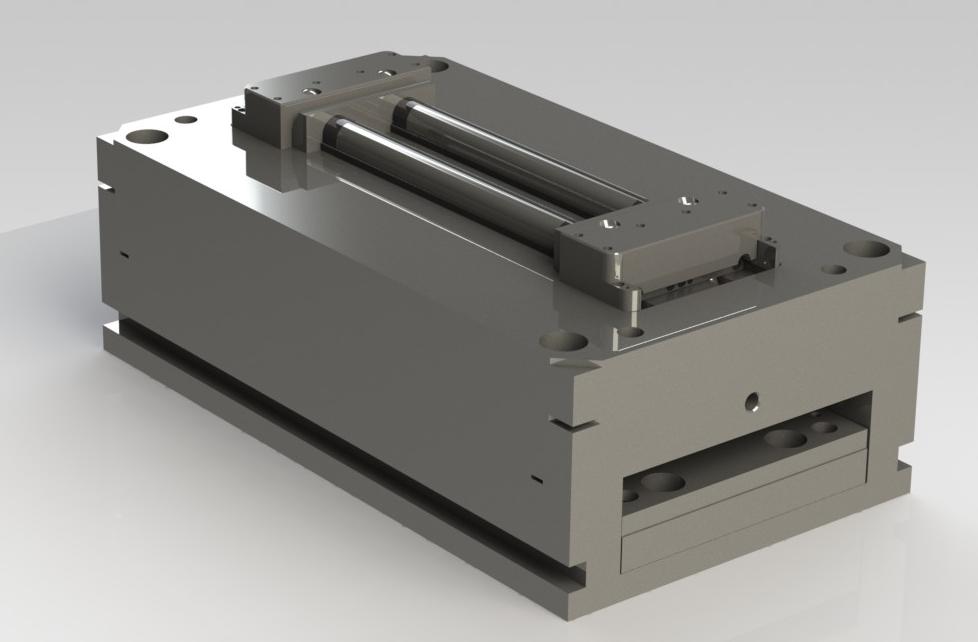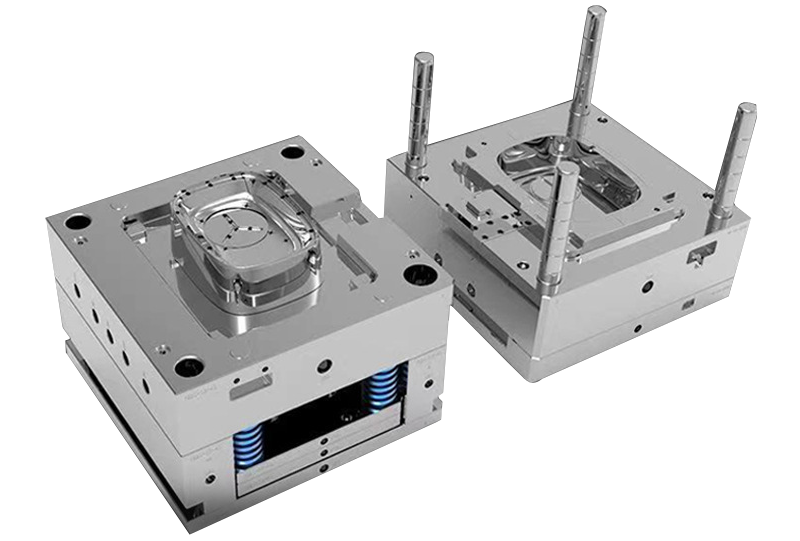The Benefits of Using Plastic Injection Molding for Customized Components Production
The Benefits of Using Plastic Injection Molding for Customized Components Production
Blog Article
Comprehending the Essentials of Plastic Injection Molding Procedures
Plastic injection molding acts as a foundation of modern-day production, providing a systematic strategy to producing complicated components with precision. This process not only includes the fundamental actions of melting and infusing products into mold and mildews yet additionally includes a nuanced understanding of various influencing aspects, such as temperature level and pressure. As markets progressively require effectiveness and top quality, the intricacies of this approach end up being extra critical. Checking out these crucial aspects might reveal how even minor changes can result in considerable enhancements in production results, elevating inquiries concerning the possibility for advancement in this well-known procedure.
What Is Plastic Injection Molding?
Plastic shot molding is a commonly utilized production process that transforms thermosetting and polycarbonate materials right into accurate and intricate shapes. This technique is preferred for its ability to generate high quantities of similar get rid of exceptional precision, making it a crucial technique in numerous markets, including auto, consumer products, and clinical gadgets.
The process includes thawing the chosen plastic product and injecting it into a mold and mildew under high pressure. The mold, designed to the specs of the wanted component, permits the molten plastic to materialize as it cools down and solidifies. Once the material has actually solidified, the mold and mildew is opened up, and the ended up element is expelled.
Plastic shot molding supplies numerous benefits, including lowered waste, consistency in production, and the capability to incorporate complex styles that might be testing with various other manufacturing methods. Furthermore, it sustains a wide series of products, each offering special residential or commercial properties that can be tailored for specific applications. As markets remain to introduce, plastic shot molding remains at the leading edge, making it possible for the growth of innovative products that fulfill evolving consumer needs.
The Shot Molding Refine
The shot molding process is an advanced strategy that involves several essential phases to produce premium plastic elements. At first, plastic pellets are fed into a heated barrel where they are melted right into a thick fluid. This molten plastic is then injected under high pressure into a precision-engineered mold, which forms the product into the wanted kind.
When the mold and mildew is filled, the plastic is enabled to cool down and solidify, taking the shape of the mold dental caries. Air conditioning time is important, as it influences the cycle time and the final homes of the molded component. After adequate cooling, the mold and mildew opens, and the completed part is ejected making use of ejector pins.

Products Made Use Of in Injection Molding
Different materials can be used in the shot molding process, each offering one-of-a-kind residential or commercial properties that accommodate specific applications. The most frequently utilized materials consist of thermoplastics, thermosetting plastics, and elastomers.

Thermosetting plastics, like epoxy and phenolic resins, undergo a chemical adjustment during the treating procedure, leading to a rigid, inflexible framework. These materials are suitable for applications requiring high warm resistance and architectural integrity, usually utilized in electric insulators and automotive parts.
Elastomers, including silicone and rubber-based products, offer flexibility and resilience. Their special homes make them appropriate for applications that require elasticity, such as seals and gaskets.
Furthermore, specialty materials like bio-based plastics and compounds are obtaining grip for their environmental advantages and enhanced performance qualities, expanding the scope of injection our website molding applications in various markets. Recognizing the residential or commercial properties of these materials is vital for choosing the suitable type for particular projects.
Advantages of Injection Molding
Injection molding attracts attention as an extremely efficient manufacturing process that uses many benefits for creating intricate get rid of accuracy. One of the most considerable benefits is the capability to produce detailed layouts that would be impossible or tough to achieve with various other techniques (Plastic Injection Molding). The process enables for comprehensive functions and tight resistances, making sure high-quality components
In addition, injection molding is known for its quick manufacturing abilities, making it a suitable option for high-volume production. As soon as the mold and mildew is created, components can be created promptly, lowering preparations and boosting general performance. This performance not only lowers manufacturing prices yet likewise provides an affordable edge out there.
The flexibility of materials utilized in injection molding further enhances its charm. A large range of thermoplastics and thermosetting polymers can be employed, permitting makers to select materials that finest meet their details demands, consisting of warmth, strength, and flexibility resistance.
Furthermore, the process decreases waste, as excess product can commonly be recycled and reused. This sustainability element adds to a decreased environmental impact, making shot molding a liable production choice. On the whole, the advantages of injection molding make it a recommended technique for numerous industries.
Factors Impacting Item Quality
While countless factors can influence product top quality in injection molding, comprehending these components is crucial for achieving ideal outcomes. Trick facets consist of material option, processing parameters, and mold layout.
Product selection plays a vital role, as different polymers display unique residential properties that influence flowability, toughness, and thermal security. Poor product selection can cause defects such as warping or incomplete filling.
Handling criteria, consisting of pressure, cycle, and temperature time, should be carefully managed. Variations in these settings can cause disparities partially dimensions and surface area coating. As an example, exceedingly heats may cause destruction of the polymer, while insufficient pressure can lead to short shots.
Mold and mildew style is similarly important, as it establishes the flow of the molten plastic and the cooling procedure. Badly designed mold and mildews may lead to irregular air conditioning rates, resulting in dimensional inaccuracies and residual tensions.

Conclusion
In final thought, plastic injection molding works as a vital manufacturing process that enables the efficient manufacturing of top notch parts. Proficiency of the injection molding procedure, including the understanding of materials and the influence of different aspects on product high quality, is vital for accomplishing ideal outcomes. The advantages of this method, such as cost-effectiveness and design flexibility, more emphasize its value across several markets, solidifying its standing as a preferred option for high-volume production.
Plastic shot molding offers as a cornerstone of modern-day production, supplying a methodical approach to creating complicated components with accuracy.Plastic shot molding offers numerous advantages, including lowered waste, consistency in manufacturing, and the ability to incorporate detailed styles that may be testing with other making techniques (Plastic Injection Molding). my link As industries continue to innovate, plastic shot molding remains at the leading edge, enabling the growth of sophisticated items that satisfy evolving customer demands
The shot molding process is an innovative method that involves numerous essential phases to create high-quality plastic elements.In final thought, plastic shot molding serves as an essential production process that allows the reliable manufacturing of top quality components.
Report this page